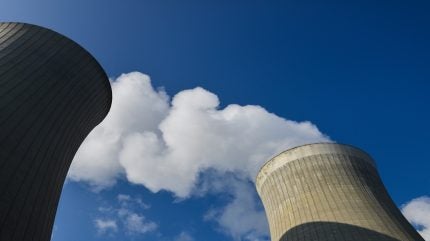
The Swedish government has proposed state aid and power price guarantees to companies for investments in the construction of four new nuclear reactors.
The initiative is part of Sweden’s strategy to increase electricity output and reduce carbon emissions, as reported by Reuters.
The proposal aims to meet the country’s rising electricity demand, projected to reach 300 terawatt hours (TWh) by 2045, up from 135TWh in 2023.
With concerns over profitability deterring private sector interest, the government acknowledges the need to finance construction costs, previously estimated at tens of billions of dollars.
The government plans to attract investment through state loans and a contract-for-difference power price mechanism. Specific cost estimates have not been disclosed.
Financial Markets Minister Niklas Wykman was quoted by the news agency: “It is a limited, well-balanced, responsible support to enable something we have not done for a very long time, namely build new nuclear reactors.”
The approach is expected to gain European Commission approval under European Union state aid rules.
Applications for funding can begin as early as August 2025, according to the government.
State-owned utility Vattenfall, which aims to build a new reactor by the mid-2030s, welcomed the proposal and plans to review the details.
Finnish energy company Fortum has emphasised that constructing new nuclear capacity is not financially feasible without government assistance.
In a related development, Swedish nuclear power company Blykalla has partnered engineering company ABB to develop an electric SMR pilot facility in Oskarshamn, 340km south of Stockholm.
The companies have entered a memorandum of understanding to work together on the development of SMR technology, aiming to further the nation’s clean energy and decarbonisation objectives.
The collaboration will concentrate on building an unprecedented electric testing facility for Blykalla’s SMR prototype, SEALER-E, an electric lead-cooled fast reactor.
ABB will lend its expertise in automation, electrification and digitalisation to aid the project.



